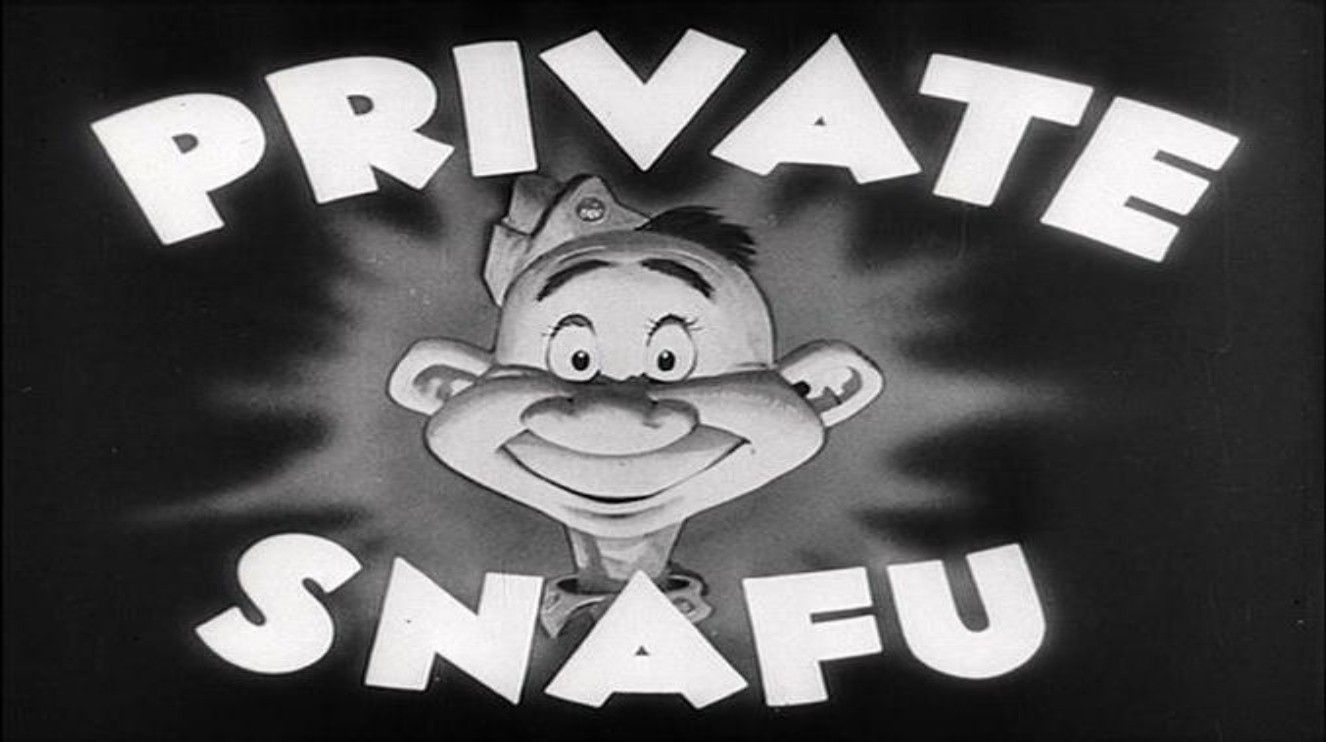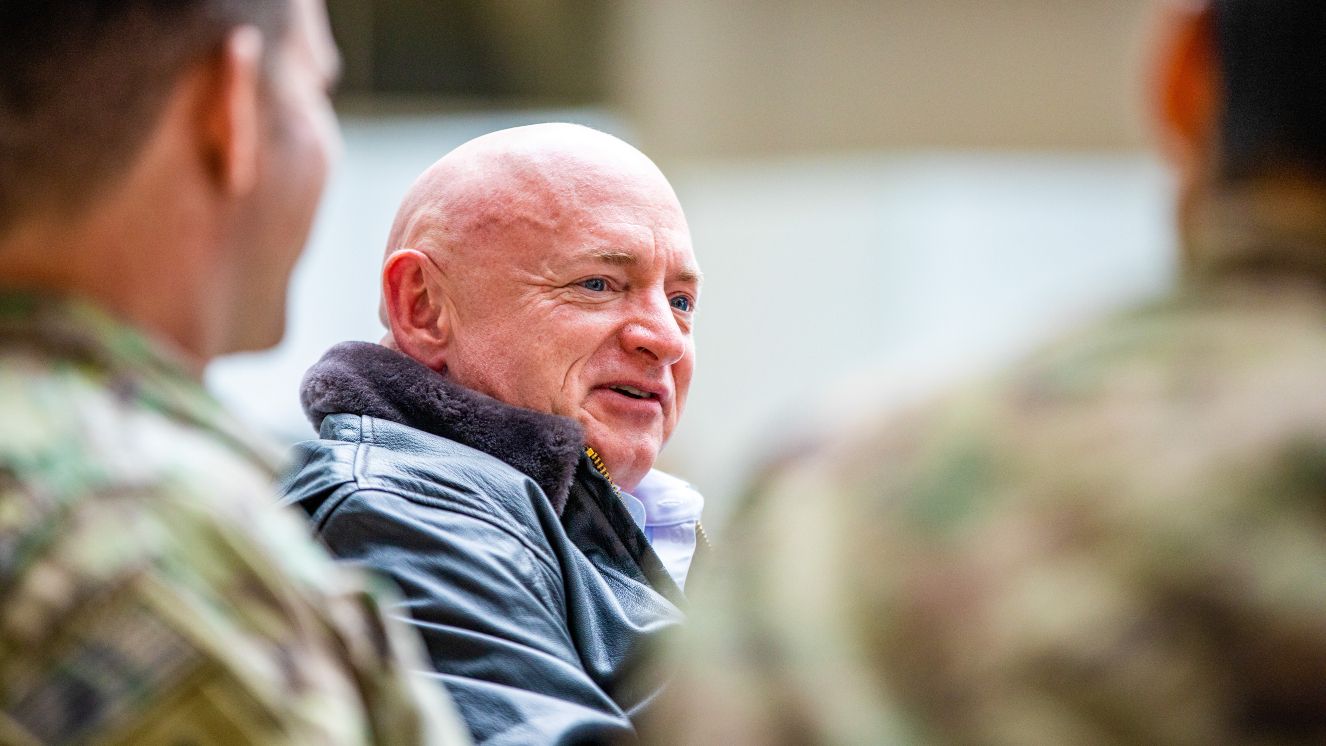DR. SAMUEL MUDD'S ROLE IN LINCOLN'S ASSASSINATION AFTERMATH

Many significant people helped shape what is America today, and some of them may have been influential in the wrong way. Regardless, they are still part of history and are being talked about to this day. One key figure was Samuel Mudd; he became well known due to his involvement with the American stage actor John Wilkes Booth. Mudd was imprisoned due to his participation in the conspiracy to assassinate then-President Abraham Lincoln.
He was a tobacco farmer and worked as a doctor in Southern Maryland. His business was thriving, but when the Civil War broke out, it affected his livelihood, especially when the use of enslaved people was abolished in 1864. That same year, he then met Booth, who was planning a plot to kidnap Lincoln.

Dr. Samuel Mudd: Key Facts and Biography
He was born on December 20, 1833, in the county of Charles, Maryland, and was the fourth of 10 siblings. The young Dr. Samuel Alexander Mudd spent his childhood on their family plantation in Oak Hill and received his early education at Frederick, Maryland. He even went to St. John's College for two years, and on September 16, 1851, he enrolled at Georgetown College in Washington. After three years, Mudd attended the University of Maryland Medical Department, from which he graduated.
He returned to his hometown and married his childhood sweetheart, Sarah Frances Dyer. As a wedding present, his father gave him 218 acres of land and a new house named St. Catherine.
During the Civil War, everything changed, especially the slave system that was prominent in Southern Maryland. The use of enslaved people in this region was abolished, which made it difficult for landowners to operate their plantations. Samuel Mudd had thought of selling his plantation and decided to depend solely on his medical practice. Then, he was introduced to the young 26-year-old John Wilkes Booth, who posed as a potential property buyer.

Lincoln Assassination Aftermath: Dr. Samuel Mudd's Trial
According to George Atzerodt, a co-conspirator, Mudd knew Booth's hidden agenda long before he posed as a prospective property buyer. During Mudd's trial, many theories arose; one mentioned that he was in a different conspiracy to gain the upper hand over the Southern states. Before killing Lincoln, he already had a plan to kidnap the President and ask for a huge ransom money.
However, everything changed when he met with David Herold, Atzerodt, and Lewis Powell. The plan was to assassinate him instead. This only proves that Samuel Mudd is only an accomplice to the kidnapping and not to the kidnapping because he had no idea of the new plan until the night of the assassination.
After Booth shot then-President Lincoln in the head on April 14, 1865, he jumped from the presidential box, resulting in the breakage of his left fibula. Booth then met with Herold, and both fled to Virginia; they stopped at Mudd's house to check his leg and spent approximately 15 hours there.
After this, they hid until the soldiers tracked them down. Herold surrendered, but Booth still wanted to fight. The soldiers then set his hideout barn on fire, and when he ran outside, a soldier shot him. He was fatally wounded and was taken to a farmhouse, where he died after three hours, just 26 years of age.
After the death of John Wilkes Booth, Samuel Mudd was arrested and had been charged as a co-conspirator in the murder of Lincoln. The defense portrayed him as a devoted, loving, religious man. However, the prosecution presented a witness stating that he had shot one of his slaves in the leg and had threatened to send other plantation workers to Richmond, wherein the Confederate defenses were being constructed, only showing that he was not a merciful man.
Several of his former slaves even testified against him that they heard him saying that "President Lincoln ought to be shot." On June 29, 1865, Mudd was found guilty and was imprisoned at Fort Jefferson, along with his other accomplice. On September 25 of the same year, he tried to escape but was captured. Samuel Mudd was then released on March 8, 1869; he returned to his home in Maryland and was reunited with his family.
Suggested reads:
- The Bear River Massacre: The Deadliest Tragedy in Native American History
- Close Calls: A Look Back at Presidential Assassination Attempts
- Unpacking History: What Were the Causes of the Second World War?
Sources:
- Dr. Mudd, Conspirator or Saint?: Topics in Chronicling America
- Dr. Samuel A. Mudd House Museum
- Samuel Mudd
- John Wilkes Booth
- Samuel Mudd
Image Source: Famous Birthdays
BY ALLISON KIRSCHBAUM
Veteran, Military History & Culture Writer at VeteranLife
Navy Veteran
Allison Kirschbaum is a Navy Veteran and an experienced historian. She has seven years of experience creating compelling digital content across diverse industries, including Military, Defense, History, SaaS, MarTech, FinTech, financial services, insurance, and manufacturing. She brings this expertis...
Credentials
Expertise
Allison Kirschbaum is a Navy Veteran and an experienced historian. She has seven years of experience creating compelling digital content across diverse industries, including Military, Defense, History, SaaS, MarTech, FinTech, financial services, insurance, and manufacturing. She brings this expertis...



